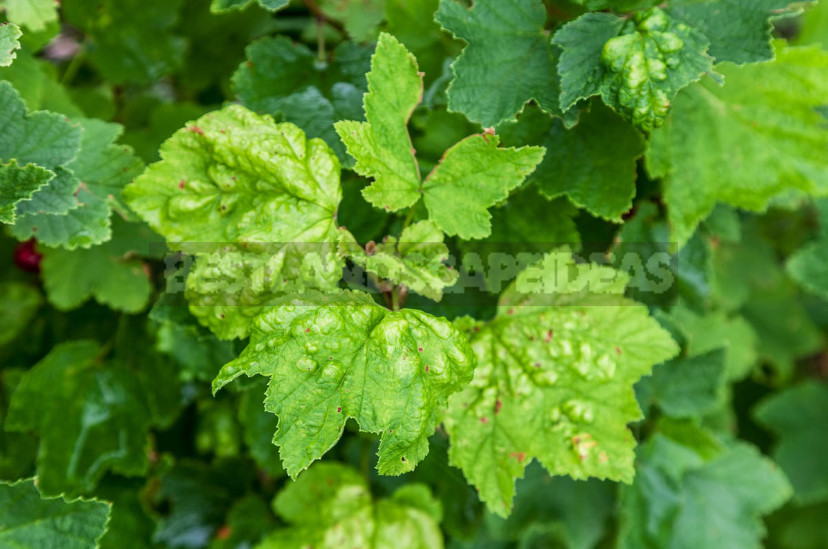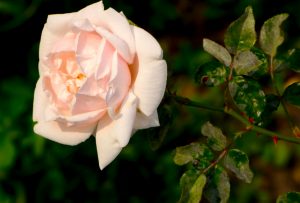
Aphids are one of the most” popular ” garden pests. Rarely does a gardener manage to avoid the unpleasant invasions of these small, but numerous and extremely harmful insects.
Ugly swellings and growths on the leaves of red currant at first glance look like a disease, but it was affected by the gallic aphid. Feeding on the sap of the plant, it causes its deformation-traces of life, similar to scar wounds. The worst thing is that a voracious and prolific insect prefers young shoots, and therefore harms not only the current state of the bush, but also reduces the chances of a good harvest in the future.
There are about 4,000 aphid species. Today we will talk about the Gallic aphid, which as the main host plant chooses red and white currants, occasionally – black. Its appearance has no fundamental differences, but the result of the action is visible from afar. Currant in response to the sucking of juice from young shoots reacts to the formation of special tissues. The leaves look deformed, have blisters of pale green or red color (galls).
When the harvest has already arrived, it becomes impossible to use “heavy chemistry”
To do this, prepare a container with a soap solution, put on gloves and tear off all the affected leaves. The removed green mass, along with the pests, is thrown into soapy water so that insects that already have wings cannot fly. If you miss at least a few individuals, the pests will multiply very quickly and restore the population. Watch the video-the author talks about the life cycle of the gallic aphid and shows what needs to be done to save the currant from this pest.
In structure and appearance, gall aphids are similar to their numerous counterparts. The small egg-shaped insect reaches a length of no more than 2-2.3 mm (0.07-0.09 in). the main mass is wingless, in later generations there are winged individuals. Among the differences – pale, greenish-yellow, almost transparent cover, as well as the presence of small hairs on the body, so it is also called hairy.
During the season, 4 to 19 generations of insects develop – the warmer the region, the more. That is, fertility aggravates the harmfulness. A single founder aphid gives birth to tens or even hundreds of thousands of sucking pests. What is the extent of the harm from the gallic aphid that settled on the currant?
- By sucking out the juices, it drains the shoots. To “heal” wounds, the plant produces special tissues that form growths – galls-at the site of the injury. If you do not fight the aphids, they will give birth to new generations and will live on the branches until they dry out.
- The garden attracts other pests, such as ants. Moreover, they “graze” aphids, protect their enemies, promote them, and feed on the juice of the berries of the same strawberries or grapes.
- Gallic aphids can be a carrier of pathogens of viral infections of plants.
Young shoots affected by aphids, even after the destruction of the pest, lag behind in growth, recover for a long time and therefore their yield decreases.




Leave a Reply